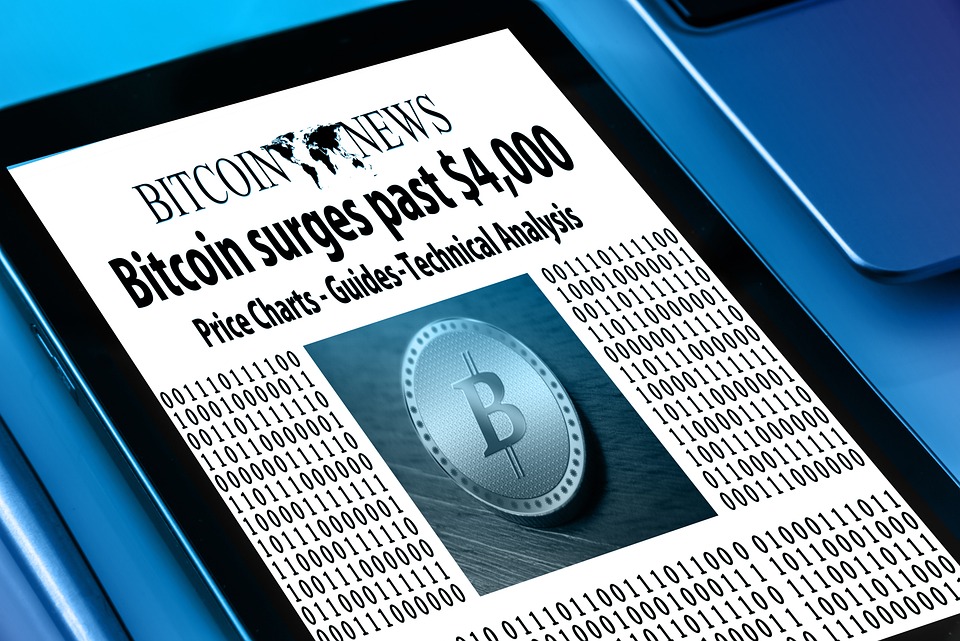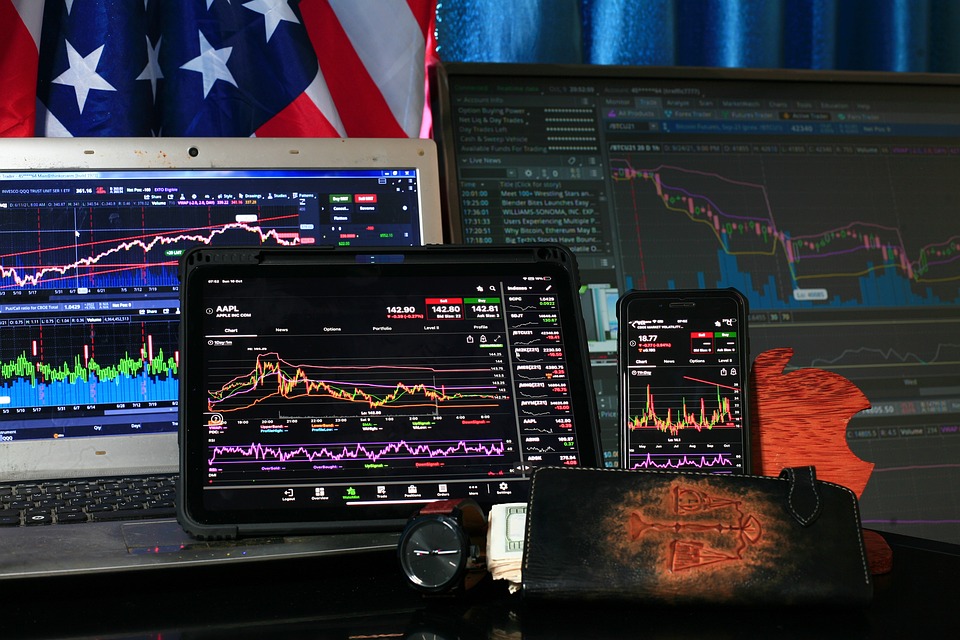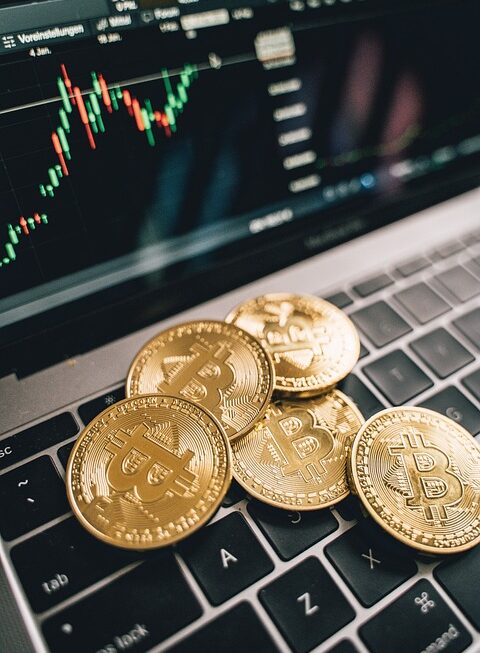Decentralized Finance, or DeFi, has been making waves in the financial world in recent years. This new way of conducting financial transactions promises to revolutionize the way we think about money, banking, and investing. But what exactly is DeFi, and why is it gaining so much attention?
At its core, DeFi is a system of financial products and services that operate on a decentralized blockchain network, such as Ethereum. This means that there is no central authority or intermediary controlling how transactions are processed, verified, or executed. Instead, transactions are managed by smart contracts – self-executing contracts with the terms of the agreement directly written into code. This allows for a more efficient, transparent, and secure way of conducting financial transactions without the need for traditional banks or financial institutions.
One of the key benefits of DeFi is its accessibility. Anyone with an internet connection and a digital wallet can participate in DeFi transactions, without the need for a traditional bank account or credit history. This opens up financial opportunities to millions of people around the world who may not have had access to traditional banking services.
DeFi also offers users a wide range of financial products and services, including lending and borrowing, trading and exchanging assets, earning interest on cryptocurrency holdings, and even creating and trading synthetic assets. These services are typically offered through decentralized applications (dApps) that are built on blockchain networks.
However, despite its potential benefits, DeFi is not without its risks. The decentralized nature of the system means that there is no central authority to oversee or regulate transactions, leaving users vulnerable to hacking, fraud, and other security breaches. There have been several high-profile incidents of hacking and fraud within the DeFi space, resulting in millions of dollars worth of cryptocurrency being lost.
Additionally, the volatility of cryptocurrency prices can also pose a risk to DeFi users. The value of assets held in DeFi protocols can fluctuate wildly, leading to potential losses for investors.
Despite these risks, the DeFi market continues to grow rapidly, with billions of dollars locked into various protocols. As more people become aware of the benefits and risks of DeFi, it is likely that this trend will continue.
In conclusion, DeFi is a revolutionary new way of conducting financial transactions that offers a wide range of benefits, including accessibility, transparency, and efficiency. However, it is important for users to understand the risks involved and take appropriate precautions to protect their assets. As the DeFi market continues to evolve, it will be interesting to see how traditional financial institutions respond to this new challenger in the financial world.




